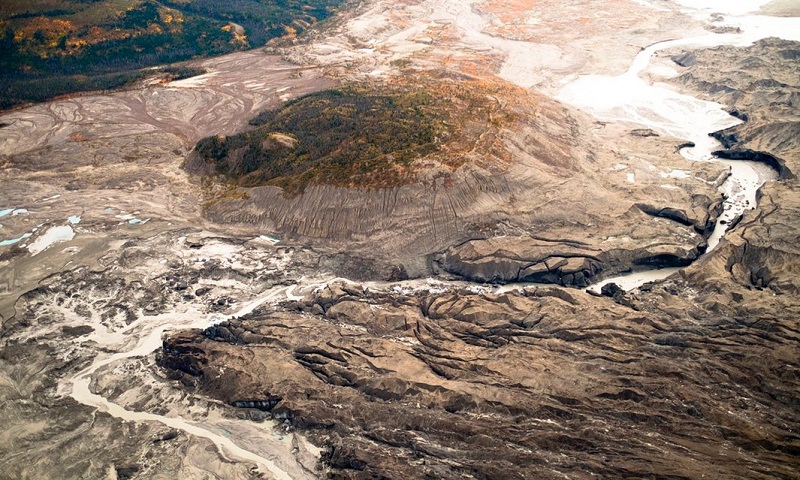Rivers vanishing into thin air: this is what the climate crisis looks like

A Canadian river was the first observed case of ‘river piracy’. When nature’s thresholds are passed, landscapes can transform in the blink of an eye. The Slims river in northern Canada gained infamy, not for its fishing or pristine waters, but for vanishing in a matter of four days in May 2016. This week we learned that it fell victim to “river piracy” – and climate change was almost certainly to blame. The river – which stretched up to 150 meters at its widest points and averaged depths around three meters – lost its water source to another nearby river during a period of intense melting affecting one of Canada’s largest glaciers. As a result, the Slims was reduced to a trickle in less than a week. We can now add river piracy to the growing list of unexpected, dramatic and tragic consequences of human-caused climate change. Although this is the first observed case of river piracy, it likely won’t be the last. The melting of Yukon’s massive Kaskawulsh glacier – known to the local Southern Tutchone First Nation as Tänshī – caused the drainage gradient to tip in favour of the second river, redirecting the meltwater to the Gulf of Alaska, thousands of miles from its original destination. The science says there’s a 99.5% chance that climate change caused this dramatic transformation of the landscape. The continuing warming trend that caused the glacier to thin so extremely means the change is likely irreversible. Such a rapid transformation of the river alters more than just the physical geography and ecosystems of one of Canada’s most majestic and ecologically sensitive regions. It also affects local Indigenous communities. Residents near Kluane Lake, which the Slims river used to feed, reported water level changes immediately after the river’s disappearance. The lake is now about three meters lower than normal, and is in jeopardy of being cut off from its own outflows — making traditional food for the Kluane people, such as trout and whitefish, much harder to find.
Read More: http://www.theguardian.com/commentisfree/2017/apr/21/rivers-vanishing-thin-air-climate-crisis

